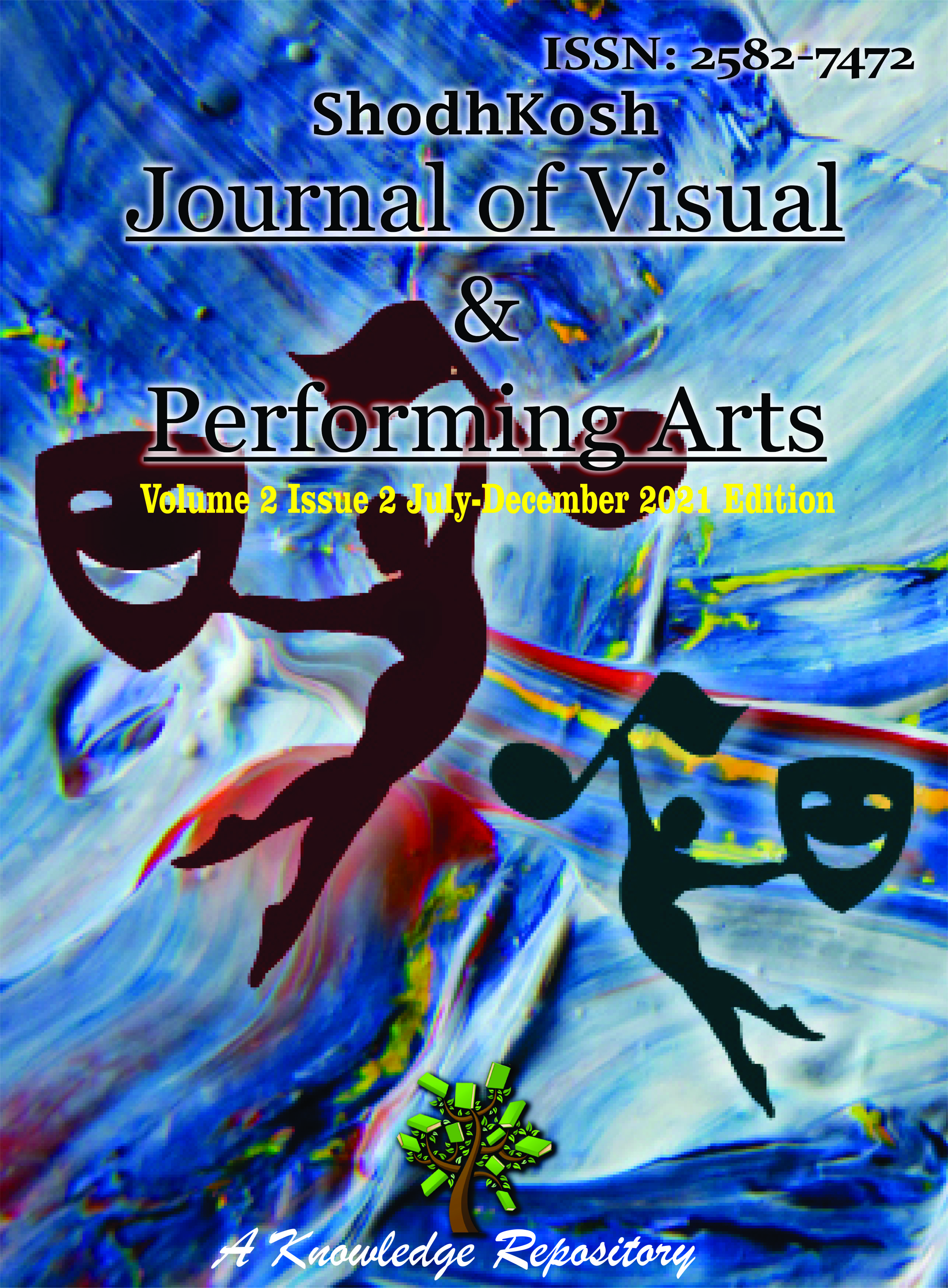CORPORATE SOCIAL RESPONSIBILITY (CSR): A CASE STUDY OF INFOSYS IN INDIA
DOI:
https://doi.org/10.29121/shodhkosh.v2.i2.2021.4503Keywords:
Corporate Social Responsibility, CSR, Infosys, Sustainable Development, Corporate Culture, India, Community Development, Business EthicsAbstract [English]
Corporate Social Responsibility (CSR) has become an essential part of corporate culture, particularly in India, where companies are increasingly recognizing their responsibility toward society and the environment. This paper explores the CSR initiatives undertaken by Infosys, one of India's largest and most successful IT companies, to understand its contribution to sustainable development. By analyzing Infosys' CSR strategies and initiatives, this paper highlights the impact of CSR on the company’s brand image, employee morale, and community development. The paper also investigates the challenges and benefits of CSR from both the company's and society's perspectives, and concludes by providing insights into the evolving role of CSR in corporate India.
References
Vilanilam, J. V. (2009). Corporate Social Responsibility in India: A Historical Perspective. Journal of Business Ethics, 90(4), 467-479.
Srivastava, A. (2012). CSR and Development in India: Business, Government, and Society. Journal of Contemporary Management, 17(2), 22-35.
Sahoo, P. (2013). CSR and its Impact on Business in India. Indian Journal of Industrial Relations, 48(2), 123-134.
Infosys Annual Reports (2018-2021). Infosys Technologies Limited.
Downloads
Published
How to Cite
Issue
Section
License
Copyright (c) 2021 Mohammed Sameer Shaikh, Dr. Mahesh Singh Rajput

This work is licensed under a Creative Commons Attribution 4.0 International License.
With the licence CC-BY, authors retain the copyright, allowing anyone to download, reuse, re-print, modify, distribute, and/or copy their contribution. The work must be properly attributed to its author.
It is not necessary to ask for further permission from the author or journal board.
This journal provides immediate open access to its content on the principle that making research freely available to the public supports a greater global exchange of knowledge.




























